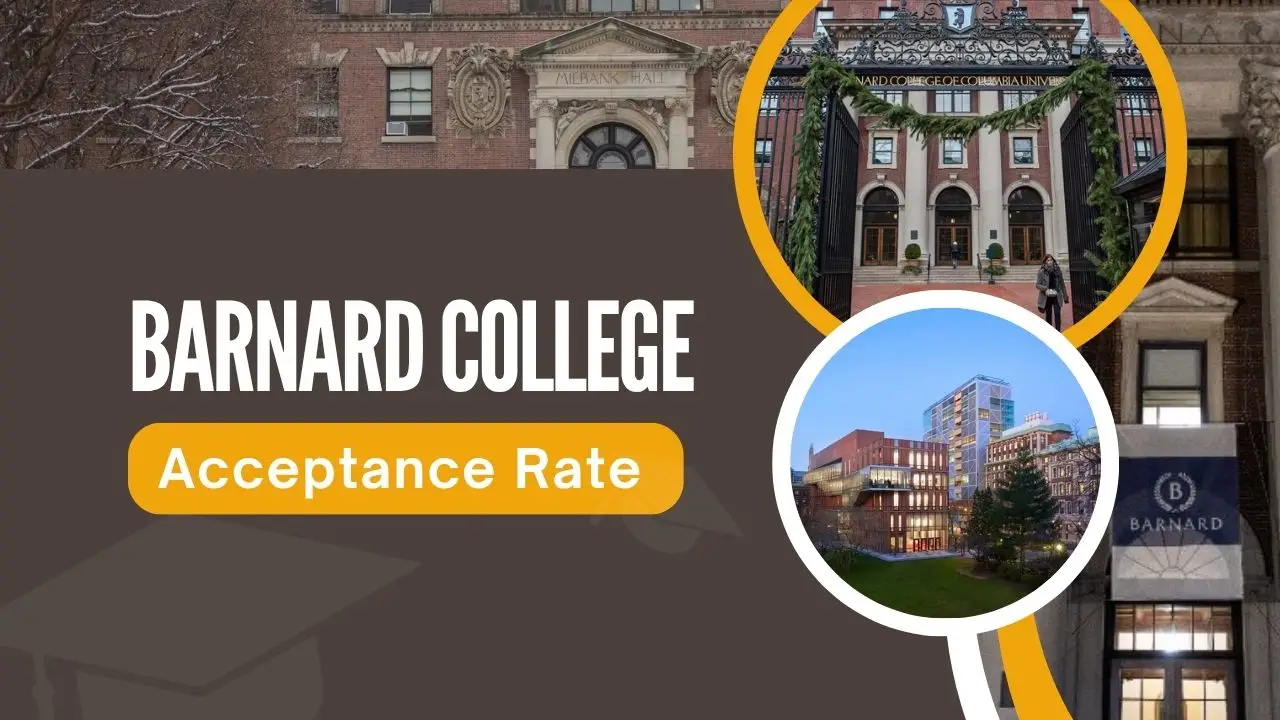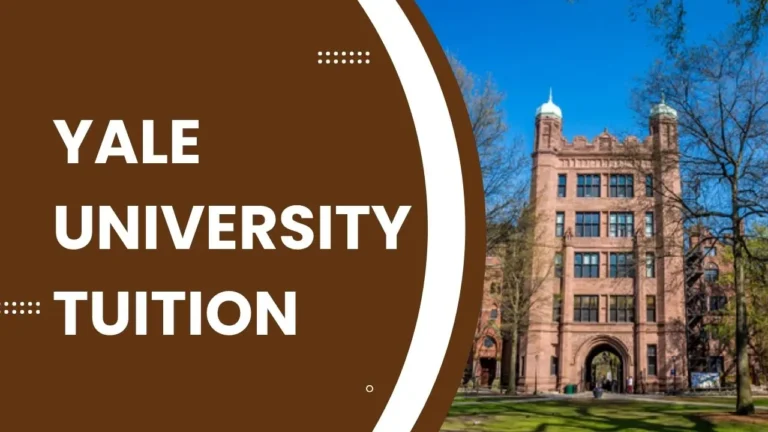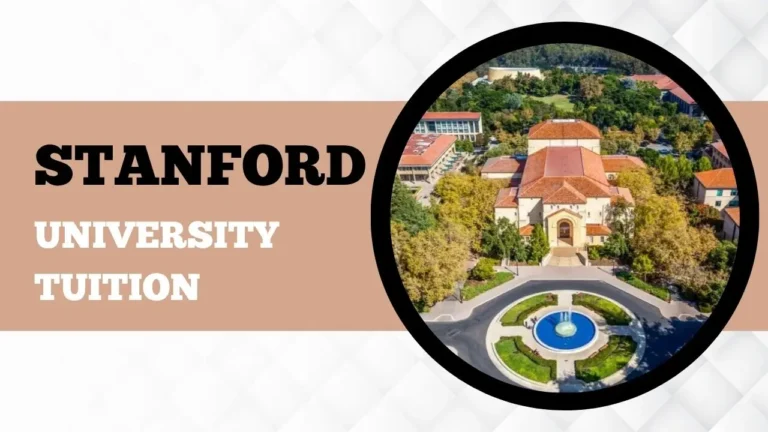Barnard College Acceptance Rate: Admission Statistics and More
Barnard College, a well-known women’s liberal arts college in New York City, is renowned for its academic excellence and unique affiliation with Columbia University. One of the Seven Sisters, Barnard offers a rigorous curriculum, a vibrant community, and the resources of an Ivy League university.
Prospective applicants, however, must comprehend Barnard College’s admission rate and application procedure due to its rising selectivity. For the 2025-2026 admissions season, we’ll look at the most recent Barnard College Acceptance Rate trends, admission statistics, and useful ideas to help you improve your application.
Barnard College Acceptance Rate Overview
| College Name | Barnard College |
| College Location | New York, NY |
| University Short Form | Barnard |
| Acceptance Rate | 8% |
| Early Decision Deadline | November 1 |
| Regular Application Due | January 2 |
| Average SAT Score | 1450 |
| Average ACT Score | 32 |
Why Is Barnard So Selective?
Barnard’s selectivity stems from its unique status as a women’s college affiliated with Columbia University, which allows students to access Ivy League resources while maintaining a small, close-knit community.
With a student-to-faculty ratio of 10:1 and only 3,223 undergraduates, Barnard provides targeted teaching and assistance from outstanding academics. Its exceptional location in Morningside Heights, Manhattan, provides unparalleled access to academic resources, cultural events, and internship opportunities, making it a popular choice for ambitious students.
The college’s extensive admissions procedure considers a variety of factors, including academic rigor, GPA, essays, references, and personal characteristics. Leadership and intellectual curiosity are given particular attention. With 59% of domestic students identifying as students of color, 16% being foreign, and 16% being first-generation college students in the Class of 2028, Barnard also encourages diversity.
Barnard College SAT Scores Requirements
For example, it is taken into account during the admissions process at Barnard College, although it is by no means the main focus of the evaluation. The median 50% of SAT scores lie between 1390 to 1550, whereas competitive candidates often have scores in the higher percentiles.
However, what does it mean when Barnard employs a thorough evaluation process for admissions? This suggests that the full spectrum of applications will be evaluated. This covers the applicant’s academic performance, extracurricular activities, essays, and reference letters in order to get a complete picture of their intellectual and personal capabilities.
Barnard College Admission Requirements
| Requirements | Details |
| Application Platform | Common App |
| SAT Scores | 1450–1520 (average 1460) |
| ACT Scores | 32–34 (average 33) |
| GPA | Typically 3.9 or higher |
| Application Requirements | 2 letters of recommendation, Personal Essay, Extracurricular Activities (Highly encouraged) |
| Application Fee | $75 (fee waiver available) |
Barnard College Acceptance Rate: Recent Trends
The increasing academic prominence and popularity of Barnard College is reflected in the increasing difficulty of admission throughout time. Barnard only accepted 1,046 students out of 11,836 applicants for the Class of 2028, or 8.8% of the total.
This is a significant decrease from the Class of 2018 admittance rate of 20.53% a decade ago. The Class of 2027 had an even lower acceptance percentage of 8%, with 944 students admitted out of 11,804 applicants, compared to the Class of 2026’s 8% acceptance rate from 12,009 applications.
Although early decision results were revealed in December 2024, Barnard has not yet disclosed the overall admission rate or the total number of candidates for the Class of 2029.
Approximately 56–60% of the college’s incoming class is admitted through Early Decision (ED), which has a far higher acceptance rate than Regular Decision (RD). The RD acceptance percentage for the Class of 2028 was just 6.3% (643 admitted out of 10,142 candidates), however, the ED acceptance rate was 23.8% (403 admitted out of 1,694 applicants).
These numbers demonstrate how rigorous Barnard’s admissions process is, ranking it as one of the most competitive liberal arts universities in the country. The convenience of digital applications, the rising importance of a top-tier education, and Barnard’s expanding international prominence are among of the causes driving the declining trend in acceptance rates.
Conclusion
The Barnard College Acceptance Rate is indicative of its standing as a premier liberal arts school with affiliations to the Ivy League and a dedication to academic quality. As the admissions process becomes more selective and comprehensive, candidates must demonstrate their depth as individuals, leaders, and scholars. Creating an exceptional application for the 2025–2026 cycle requires an understanding of Barnard’s admissions patterns and standards.






